Background & Context
Morro Bay has a long history as a fishing community. It has had a large abalone industry in the past, significant sardine landings in the 1950’s, and Albacore tuna through the 1970s. However, groundfish has always been the mainstay, supporting a year-round robust fishing industry and culture in Morro Bay.
Decline of the Groundfish Fishery
Over the last three decades, the West Coast ground fish fishery came to rely on bottom trawling as its primary means to catch fish. Millions of pounds were landed annually in Morro bay until the 1990’s, when a sharp decline began. Over-reliance and over-capitalization in trawling had contributed to regulatory constraints, which, in turn, led to a drastic decline in local fishery landings, revenue and jobs. In 2001 the fishery was declared a disaster. The City of Morro Bay has a long history of supporting commercial fishing, both in policy and financially in lower cost facilities on City owned land. Despite this support the community saw a continual decline in landings, participants, and the related businesses and services, until in 2004, the last groundfish buyer in Morro Bay notified local trawlers that he would be unable to buy their fish locally, and they would have to relocate to consolidate the market. In 2005, Morro Bay’s last remaining fuel dock in the harbor threatened to cease operations due to the lack of fuel sales with the reduced activity.
Metamorphosis
In response to the groundfish disaster, fishery managers implemented a new “Catch Share” management structure that allocates “quota” to individual fishery participants.
QUOTA SHARES
In 2004-05 The Nature Conservancy (TNC), an international conservation organization, bought seven limited entry trawl permits that were based in the Morro bay area and four Morro Bay trawl fishing vessels from fishermen in their own buyout program. In return central coast trawl fishermen worked cooperatively on a plan to create trawl essential fish habitat designations on 3.8 million acres of ocean in the Central Coast. The Pacific Fisheries Management Council (PFMC) and the National Oceanic and Atmospheric Administration (NOAA) approved the plan and the 3.8 million acres are now no-trawl zones.
City of Morro Bay representatives were at first alarmed at the development – although the City had consistently supported fishing uses, it had never attended a PFMC meeting and was unaware of the pending regulatory changes in the Trawl sector. The potential loss of landings from the trawl permits that were purchased if they were to relocate or be made inactive would be devastating to what was left of the marine dependent infrastructure in Morro Bay. Over time, the City has developed an excellent working relationship with TNC as the permits have been put to use locally and the city has learned more about TNCs goals and the regulatory process.
While Catch Share management may ultimately improve fishery economics, conservation and safety, it is also likely to result in consolidation of the fishery as market economics drive transferrable quota to large-scale fishing operations in larger ports. Local fishery stakeholders realize that without a plan, this could lead to a permanent loss of traditional ground fish access in small scale fishing ports such as Morro Bay. Without the groundfish fishery, Morro Bay cannot exist as a fishing port. Anchoring the critical historic fishing privileges in the community is therefore a key concern of the City.
The Nature Conservancy
MBCQF will assure that the port and its associated Morro Bay community can remain active in the fishery.
A NEW PARTNERSHIP
The City of Morro Bay has partnered with the Nature Conservancy and industry participants to pioneer successful gear switching projects; electronic monitoring experiments and cooperative management methods such as development of real time OFS catch accounting (E-catch). Now, that partnership is taking the next step to actually turn some of the historically Morro Bay based fishing privileges over to a community managed entity under a triple bottom line strategy, incorporating social, economic and environmental goals.
Although Morro Bay fishermen target several types of fish, the landings from the groundfish sector, by small boat fishermen are critical to ensure the port and its infrastructure remain economically viable. The City of Morro Bay created the MBCQF in order to prevent historic trawl fishing activity in Morro Bay from consolidating into larger fishing vessels in other areas with larger market power than Morro Bay. Permanently securing the rights to the groundfish resource through the operations of the MBCQF will assure that the port and its associated community can remain active in the fishery.
To learn more about the history of the West Coast Groundfish Fishery click here.

